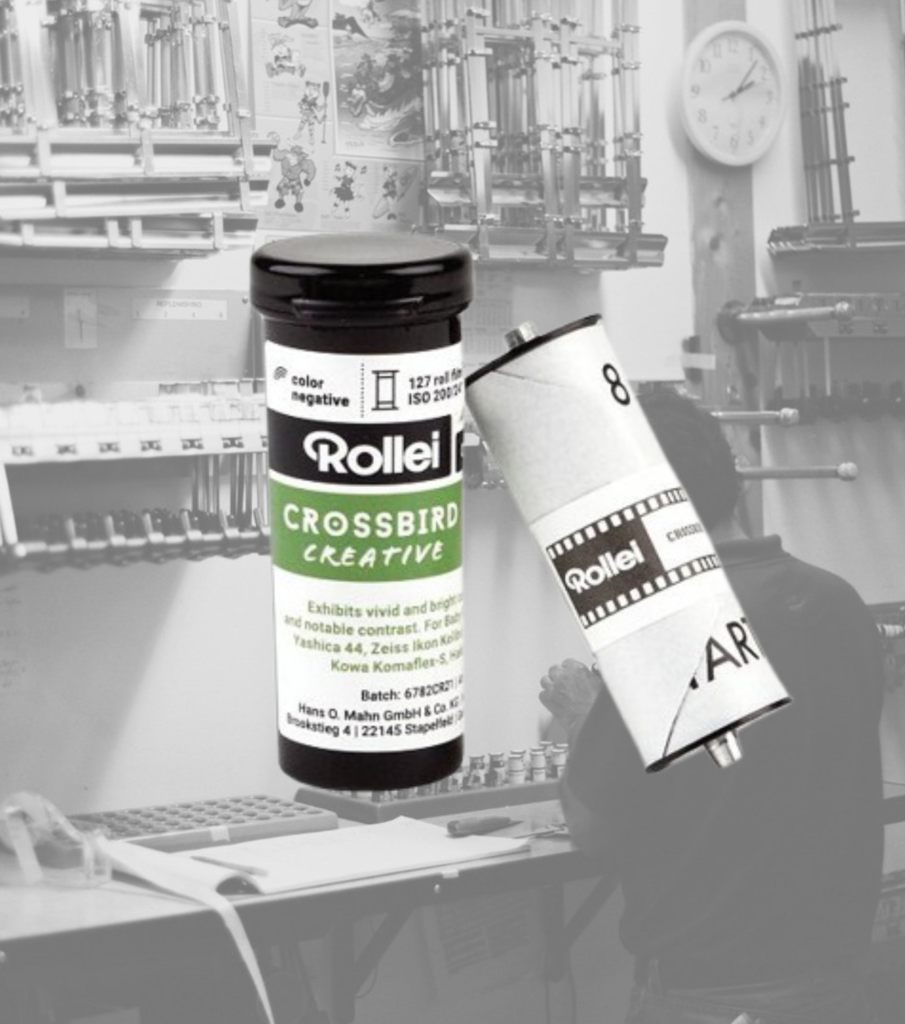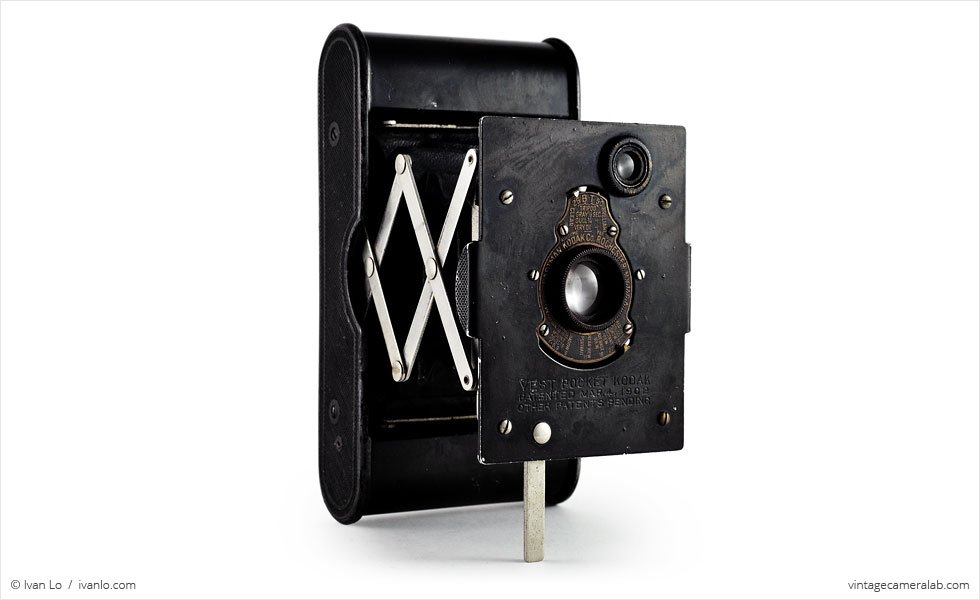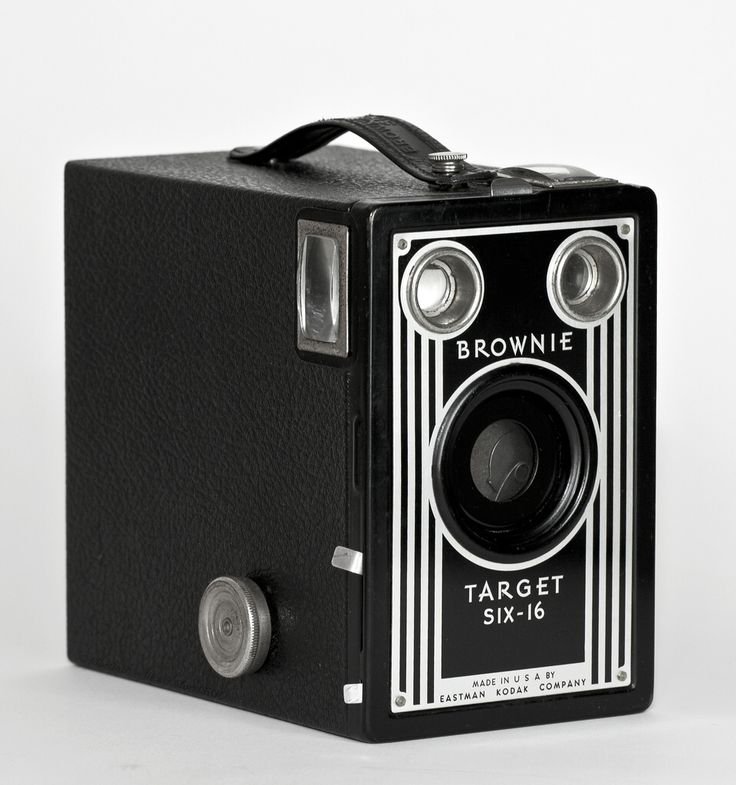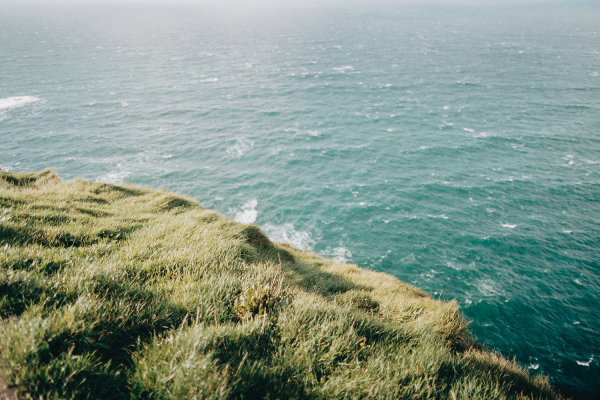
Key Takeaways
127 format film roll, created by Kodak in 1912, was designed for the Vest Pocket camera.
It experienced a revival in the 1950s with the introduction of user-friendly cameras like the Kodak Brownie.
127 film offers portability and affordability, making it a popular choice for amateur photographers.
Today, finding 127 film can be challenging, but options include Rerapan and cutting 120 film to size.
Notable cameras using 127 film include the Kodak Brownie, Rollei Rolleiflex Baby, and Yashica 44.
An Overview of 127 Format Film Roll
Kodak introduced the 127 film roll in 1912, specifically for their Vest Pocket camera. This camera was a folding model that could easily fit into a vest pocket, making it incredibly portable. The film was also known as Vest Pocket film because of this association. The compact design and affordability of both the camera and the film made it accessible to a wide range of people.
The 127 film roll is 4.6 cm wide and is paper-backed, which helps to protect the film and makes it easy to handle. It was initially designed to store 8 pictures in a 4×6.5 cm format. Over time, different formats emerged, allowing for 12 exposures in a 4×4 cm format or 16 exposures in a 4×3 cm format. These variations made the 127 film versatile and adaptable to different photography needs. Learn more about the 620 film format and its impact on photography.

Get 127mm Film Here At:
Freestylephoto.com
Advantages
Portability and Affordability: One of the biggest advantages of the 127 format film roll is its portability. The compact size of both the film and the cameras designed to use it made photography more accessible to the general public.
Image Quality and Camera Varieties: 127 film offers good image quality, especially when used with high-quality cameras like the Rollei Rolleiflex Baby or the Yashica 44. These cameras were designed to maximize the potential of the 127 film, producing sharp and detailed images.
Current Availability Challenges: Today, finding 127 film culd be a challenge, because Kodak stopped producing 127 film in 1995. However, there are still a few sources for 127 film, such as Freestylephoto.com or B&H Photo besides that, photographers can also cut their own 127 film from 120 rolls, though this requires some additional effort and equipment.
“If you come across some old 127 film, don’t throw away the backing paper or reels. Keep them and use them again and again.” – Anonymous Enthusiast.
Notable Cameras Using 127 Format Film
Several iconic cameras have used the 127 format film, each with its unique features and charm. Here are a few notable examples:
The Vest Pocket Camera Era
The Vest Pocket camera era marked the beginning of the 127 film’s popularity. These cameras were small, easy to use, and perfect for capturing everyday moments. They were especially popular among soldiers during World War I.

Kodak Brownie
The Kodak Brownie 127 is one of the most famous cameras that used 127 film. Introduced in 1952, the Brownie was designed to be affordable and easy to use, making it accessible to a wide range of people.
The Kodak Brownie 127 was produced in three models, each with slight variations in design and features. Despite its simplicity, the Brownie produced surprisingly good images, making it a beloved camera for many. For those interested in exploring other classic formats, check out this 620 film format guide.

Rollei Rolleiflex Baby
The Rollei Rolleiflex Baby is another notable camera that used 127 format film. Unlike the Kodak Brownie, the Rolleiflex Baby is a twin-lens reflex (TLR) camera, which means it has two lenses – one for taking the picture and one for viewing and focusing. Some models even featured a built-in light meter, enhancing its functionality for various lighting conditions.

Yashica 44 and Togudu
The Yashica 44 and Togudu are other examples of high-quality cameras that used 127 format film. Like the Rolleiflex Baby, the Yashica 44 is a twin-lens reflex camera, known for its sharp images and solid build quality. The Togudu, on the other hand, is a more obscure brand but still produced reliable and well-regarded cameras.
In conclusion, the 127 film roll has a rich history and still captivates photography enthusiasts. By understanding its origins and quirks, you can enjoy a nostalgic photography experience. Though finding 127 film is challenging, the passionate film community keeps hope alive for its revival.
Frequently Asked Questions
Here are some frequently asked questions about 127 format film and their answers to help you better understand this unique film format.
Are There Any Modern Cameras That Use 127 Film?
Currently, there are no modern cameras specifically designed for 127 film. However, many vintage cameras that use 127 film are still available and can be found online, at flea markets, or in vintage stores. These cameras are often well-built and can produce excellent images when paired with 127 film.




Leave a Reply